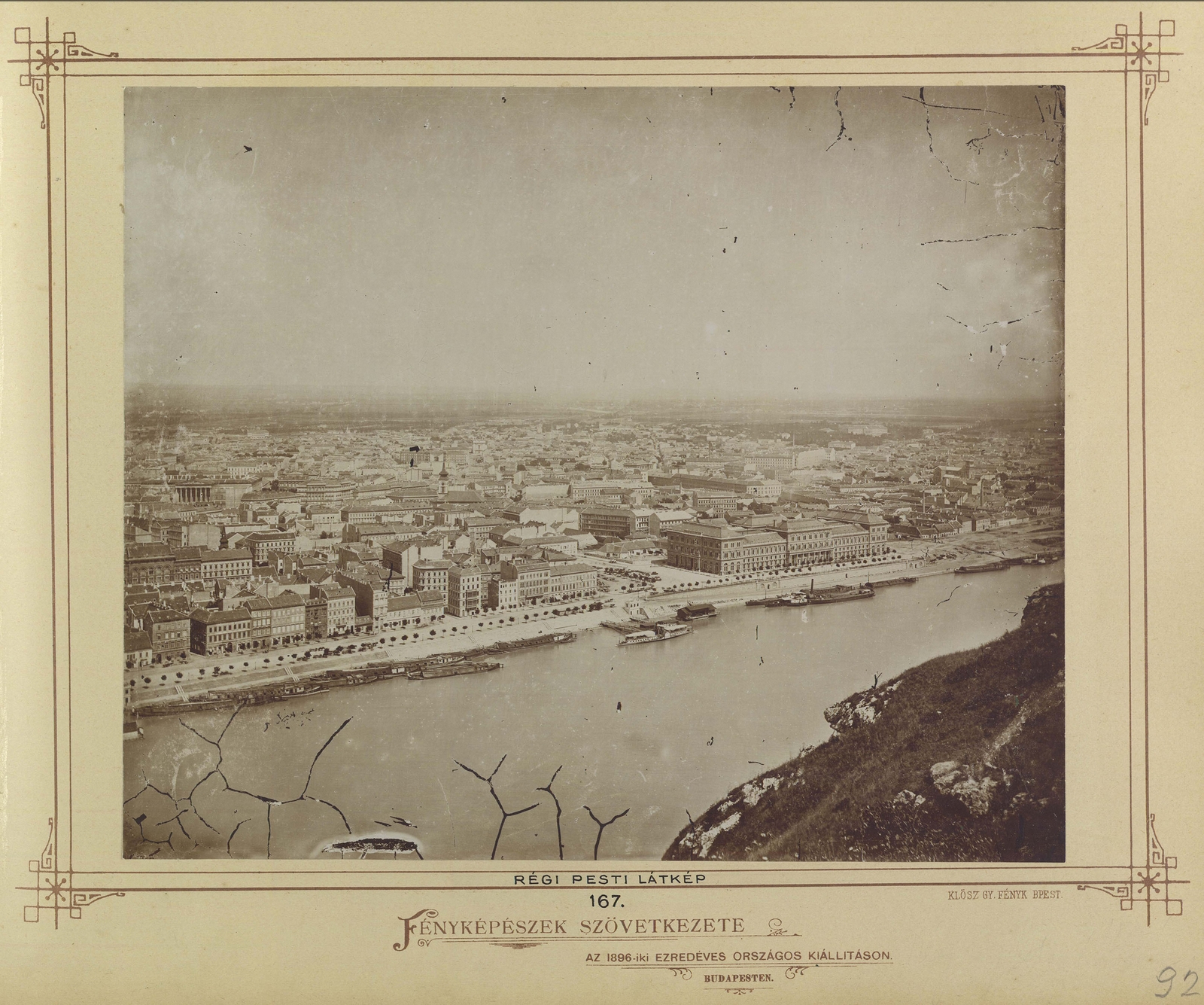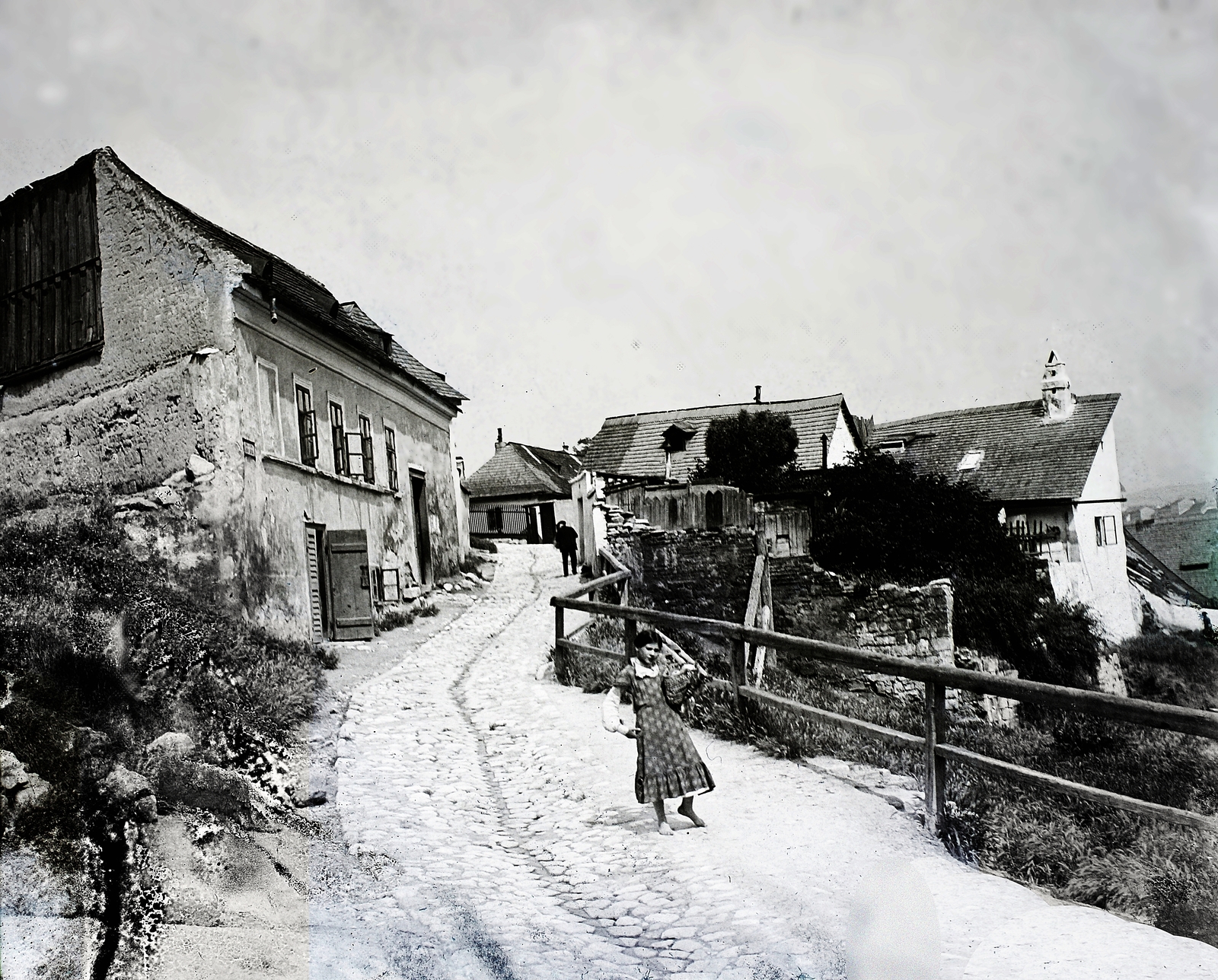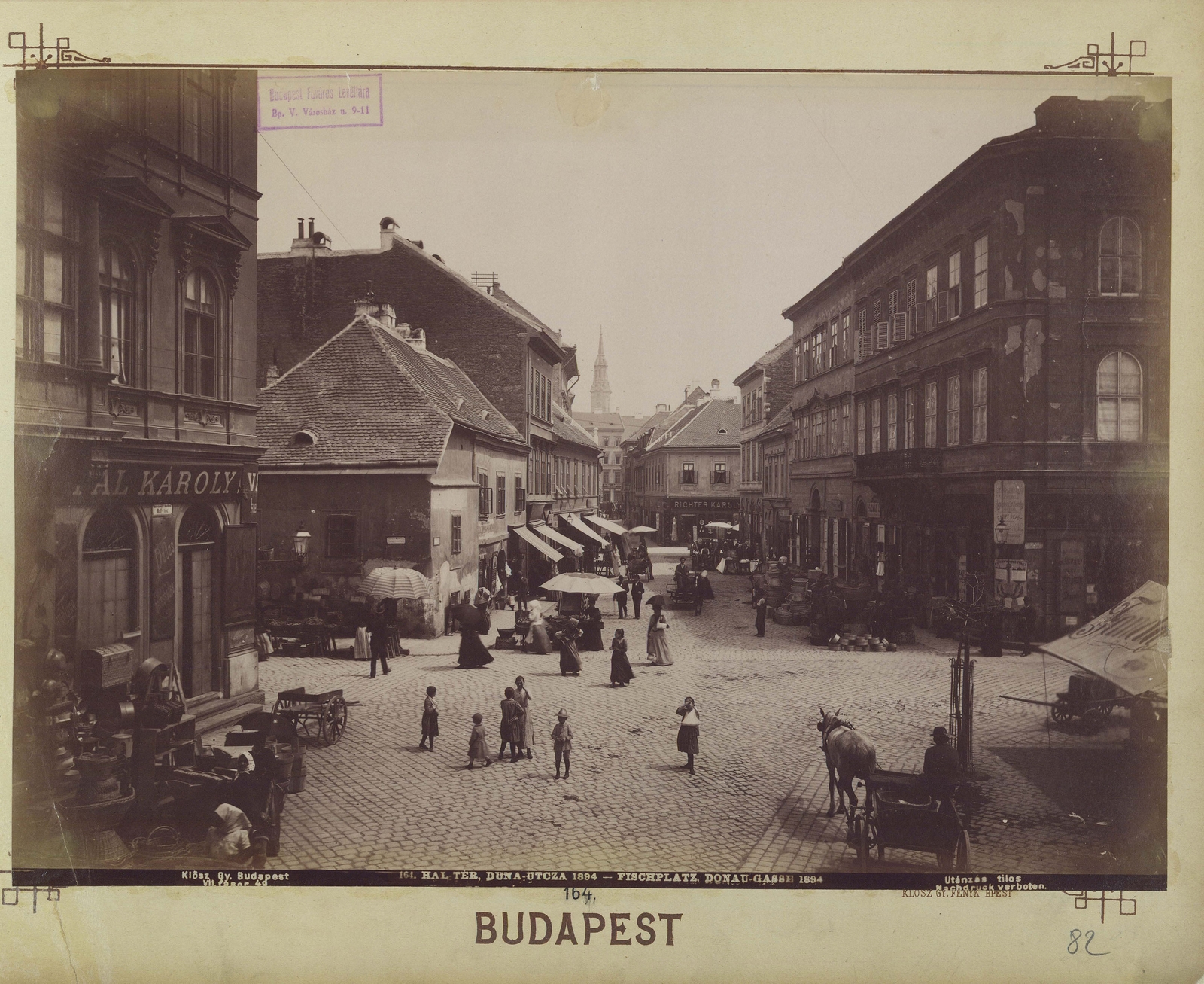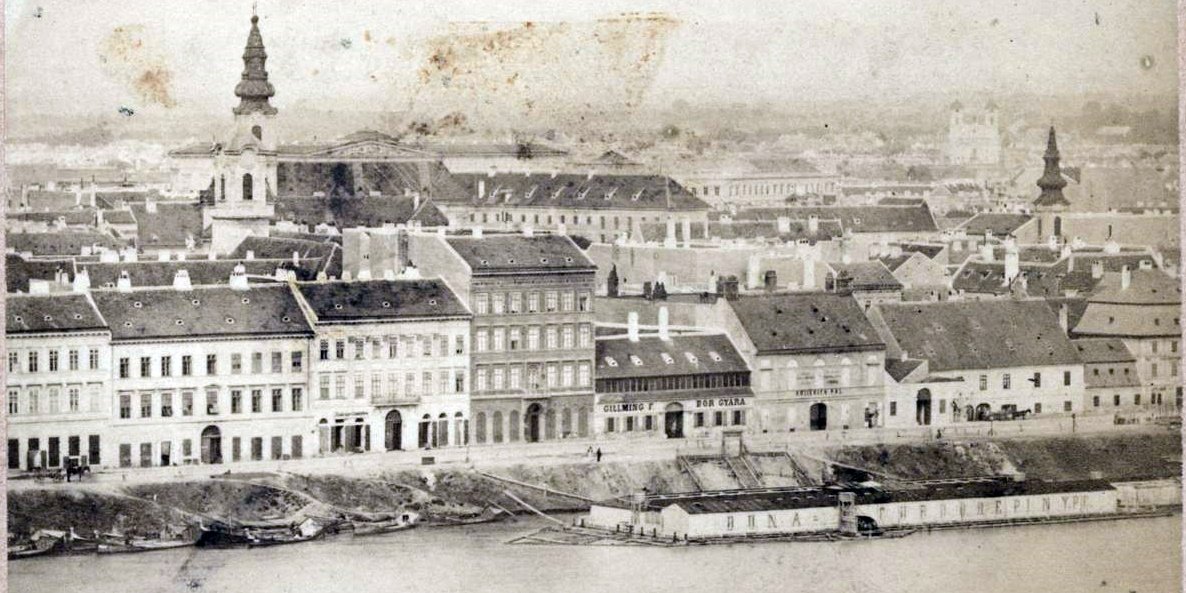The Hungarian census of 1870 was ordered by Act III of 1869. Its results were published in 1871, and the publication was not only targeted at a small group of professionals. In the Foreward of the publication "Az 1870. év elején végrehajtott népszámlálás eredményei a hasznos házi állatok kimutatásával együtt" (The results of the census of 1870 including data on livestock) the editors wrote:
"The leading idea that this work should not only be a list of numbers to serve as the basis of government decisions and a source for academic research, but be of interest to the general public as well, defined the work of the National Royal Office of Statics."
At the time 15 417 327 people lived in the country (including Croatia and Slavonia), and nearly 400,000 of these were abroad. The data paints the picture of a dynamically growing city, where newer and newer housing is built, public works completed, the population growing. It shows the birth of the major city that Buda and Pest became in a matter of decades.
And the backhand of the image shows the dark side of rapid growth, overcrowding and poor hygiene. Construction efforts simply couldn't keep up with the population growth, especially among the lower classes.
Looking at the numbers, Pest was not a large city. According to the units of measurement used at the time, the whole city covered 1,5 square miles (one Hungarian mile was equal to 8353.6 metres), while Debrecen covered 18 and Szabadka (today Subotica, Serbia) 16.

One of the extremes of living conditions. The flat used by Count Erdődi on what was then 104 Sugár Road (Andrássy Avenue), photographed around 1878 by György Klösz (Source: Fortepan/Budapest Archives. Reference no.: HU.BFL.XV.19.d.1.05.187)
The growth of the city was summarised in another overview entitled "Pest, szabad királyi város" (Pest, free royal city) – written by József Kőrösi in 1870 – as follows:
"Thus, the population grew by almost 70,000 that is by half of what it had been [since 1857]. However, the increase was spread very unequally through different parts of the city. While the outskirts had room to spread and in the past 12 years have grown by 30-70%, and the most sparsely populated areas, such as Kőbánya have grown by 225%, the city centre – enclosed on all sides – only shows a population increase of 15%.
The main reason behind the growth in the outskirts is the increase in the number of factories, especially around the city. Absolute growth was largest in Terézváros and Józsefváros, where the population has increased by 22,000 and 17,000 people respectively in the past 12 years."
At the time, 5300 houses were registered in Pest and a further 3262 Buda. The population of Pest was over 200,000, while that of Buda was 54,000. In the city centre, Terézváros, and Józsefváros one-fifth of flats were also used for business, while this number was closer to one in ten elsewhere in the city.

The city grew quickly, but the number of houses could not keep up with the population. View of Pest as photographed by György Klösz around 1878. (source: Fortepan/Budapest Archives. Reference no.: HU.BFL.XV.19.d.1.05.181)
Nearly two-thirds of the population was not born in either of the two cities but moved there from other parts of the country or abroad. More men than women lived in Pest, including 67,000 unmarried men and 54,000 unmarried women. There were also twice as many divorced women (804) than men, and two women over 100-years-old were also counted.
Literacy is a unique indicator of the social conditions of the 19th century. The number of illiterate people was high, despite the fact that Maria Theresa had introduced compulsory education in Hungary. Most inhabitants of Pest could not read or write, 28,000 men and 43,000 women of the 200,000 were listed as illiterate, while 20,000 of the 55,000 living in Buda were unfamiliar with letters.
Pest was, nevertheless, a cultural centre, 139 priests, 1034 teachers, 151 writers, 777 other artists, 555 lawyers, 368 doctors, 61 surgeons, 196 midwives and 123 pharmacists called the city home in 1870. Buda housed almost as many priests as Pest, 116, alongside 26 writers and another 191 artists.

Detail of the Tabán from 1910 (Photo: Fortepan/Hungarian Museum of Geography/Mór Erdélyi Company)
The majority of buildings in Pest, over three-quarters of them, were single-story houses, only the more central areas had multi-story buildings. In Lipótváros, the most modern area of the city, only 10% of the buildings were single-story. A single building could house up to 64 people in the area.
A quarter of the population of Pest lived in single-room flats, and half of these shared their room with others, it was not uncommon for several families to share a flat. Only 42% of the total population lived in an apartment they were not forced to share with strangers.

Single- or two-story houses, narrow street the city centre of Pest, the now built-up Hal Square in 189 (Source: Fortepan/Budapest Archives/Reference no.: HU.BFL.XV.19.d.1.07.164)
More than a third of the population lived in overcrowded conditions, even for the time, with five people or more sharing a room.
The greatest poverty was likely experienced by the 15 thousand people who lived in cellars and basements or the thirteen-thousand that shared a room with ten or more people. Even worse off were the 1200 people who lived in close quarters with 20 or more people.
It is no surprise that a cholera epidemic erupted a few years later, as the vast majority of the population living in such conditions did not have access to the most fundamental utilities, like running water or sewer connections.
Cover photo: View of Pest in the 1870s (Photo: FSZEK Budapest Collection)





































Hozzászólások
Log in or register to comment!
Login Registration